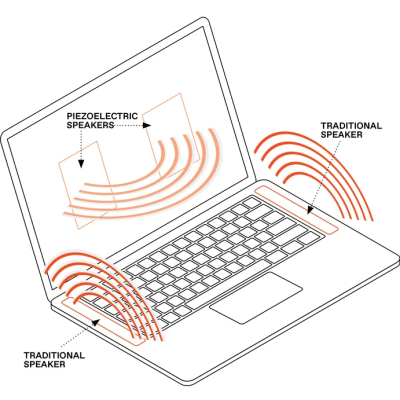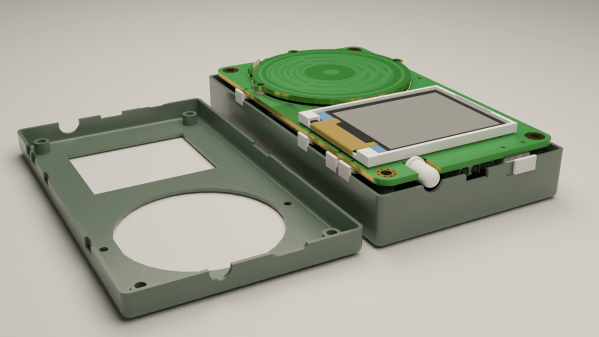Defending an area against incoming missiles is a difficult task. Missiles are incredibly fast and present a small target. Assuming you know they’re coming, you have to be able to track them accurately if you’re to have any hope of stopping them. Then, you need some kind of wonderous missile of your own that’s fast enough and maneuverable enough to take them out.
It’s a task that at times can seem overwhelmingly impossible. And yet, the devastating consequences of a potential nuclear attack are so great that the US military had a red hot go anyway. In the 1970s, America’s best attempt to thwart incoming Soviet ICBMs led to the development of the Sprint ABM—a missile made up entirely of improbable numbers.
Continue reading “Sprint: The Mach 10 Magic Missile That Wasn’t Magic Enough”




















